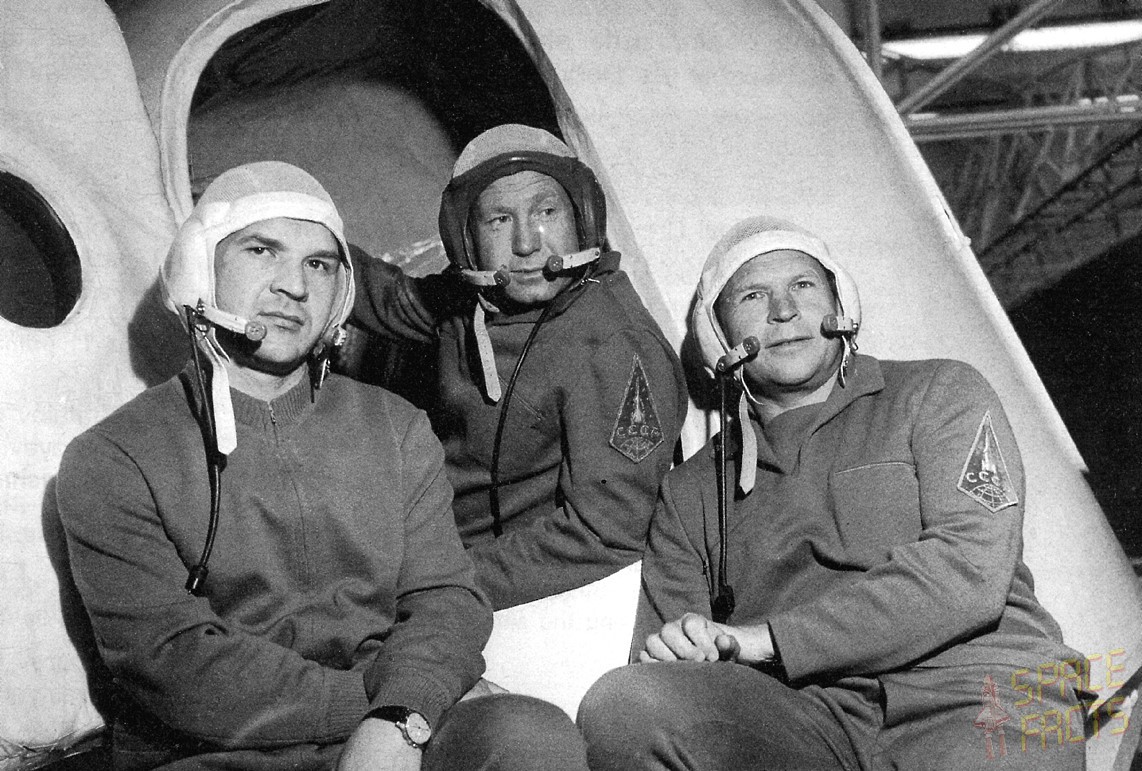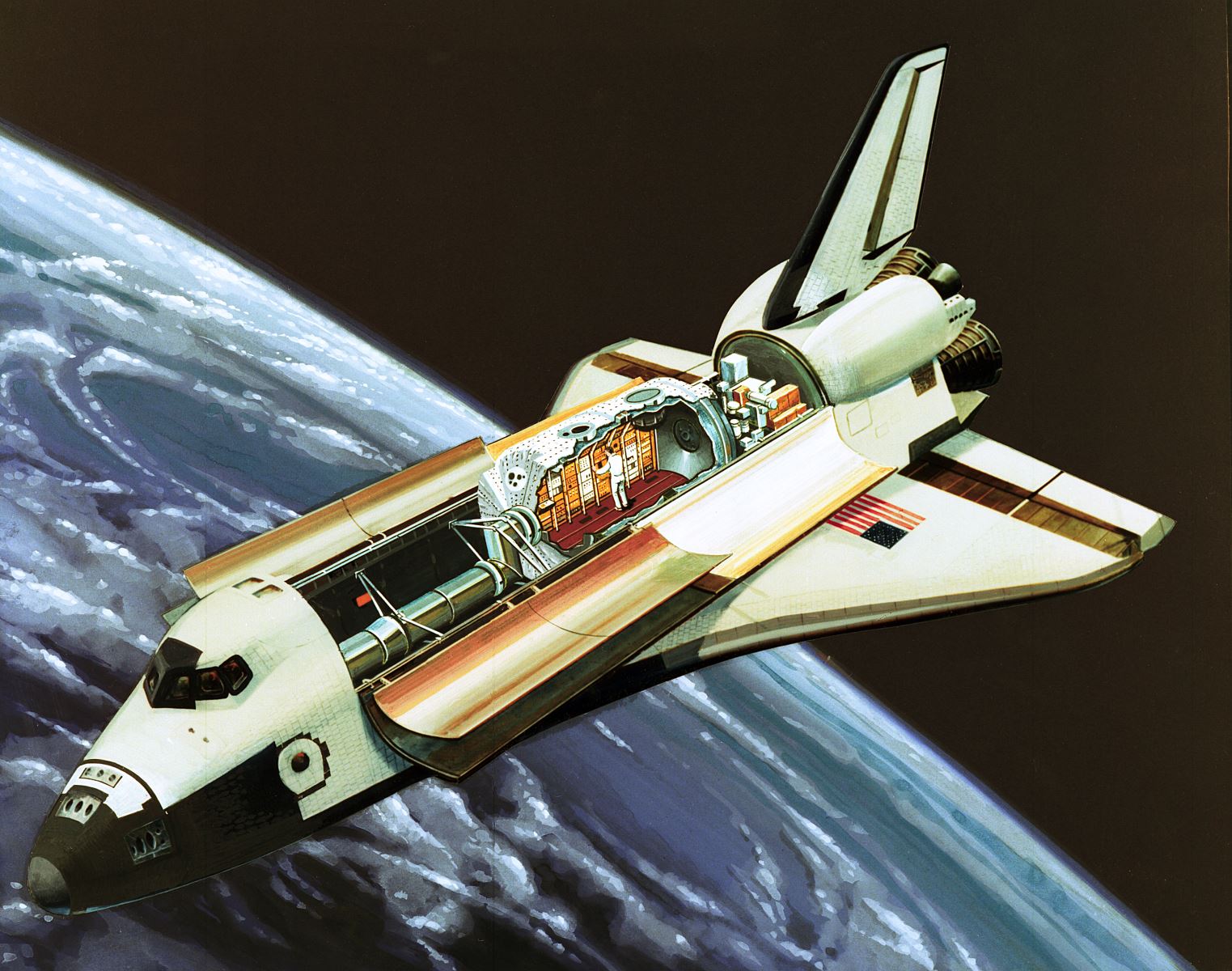The idea of conducting experiments in outer space is a recurring one in Sci-Fi movies. In the 2018 movie Rampage, three animals are infected with a dreadful pathogen coming from a space-based laboratory. Similarly, in the 2019 movie AD Astra, two astronauts answering an SOS call from a research space station are attacked by escaped test animals that killed the station crew. In fact, the idea of space experiments is far from fictional, with the very first experiments in space carried out as early as 1971.
The Soviet Union’s Salyut 1 was the world’s first civilian Earth orbital space station, designed with 3,500 cubic feet of habitable volume to support three-man crews. It carried scientific equipment weighting over 1,100 kilograms, including telescopes for astronomical observations, and instruments to observe the Earth. The Soyuz 11 mission crew successfully docked with Salyut 1 in April 1971. They spent 23 days onboard and conducted a series of experiments in astrophysics, biology, Earth observations, and technology, and served as test subjects to study the effects of long-term weightlessness on the human body. Sadly, their mission ended tragically due to a malfunction in their capsule during the reentry phase.

Two years later, the USA launched its first space station Skylab 1 in May 1973. It carried equipment to conduct research in different disciplines, particularly life sciences and biomedical studies. Other fields of research included Earth observations, solar astronomy, and the astronauts’ physiological responses to long-duration space flight. Three successive three-person crews carried out 270 experiments over 171 days. The last crew left the station in February 1974, but Skylab 1 remained in orbit, operated by Mission Control, until it reentered the Earth’s atmosphere in July 1979. Some of its recovered pieces are currently showcased in museums.
.jpg)
In 1973, the European Space Research Organization—now the European Space Organization (ESO)—and NASA signed an agreement to build a reusable science laboratory that can be fitted inside NASA’s Space Shuttle cargo bay. Spacelab travelled on 22 missions on board of the Space Shuttle between 1983 and 1998; some of its components continued to be in use until 2009. In its first mission, Spacelab-1, it carried a 6-person crew and witnessed over 70 scientific experiments in several fields such astronomy, solar physics, space plasma physics, Earth observation, material science, technology, and life sciences.

Last but not least, we cannot simply skip the International Space Station (ISS), the largest modular and permanently crewed space station. The ISS involves five space agencies representing Canada, Europe, Japan, Russia, and the USA. The research conducted on board of the ISS falls under six main categories; namely, biology and biotechnology, Earth and space science, educational activities, human research, Physical science, and technology. Since 2001, 68 expeditions have carried over 250 persons to the ISS. Researchers around the world can browse the Station’s experiments and published findings through this link.
Earth From Space : Live Views from the ISS.
References
esa.int
nasa.gov/feature
nasa.gov/feature/skylab
nasa.gov/mission_pages